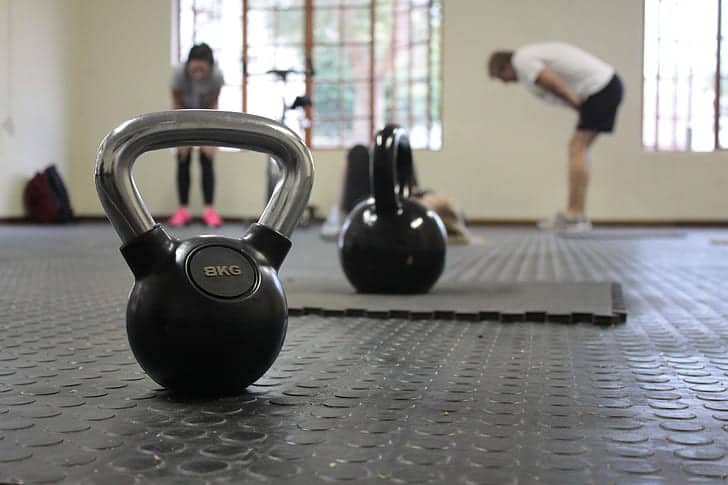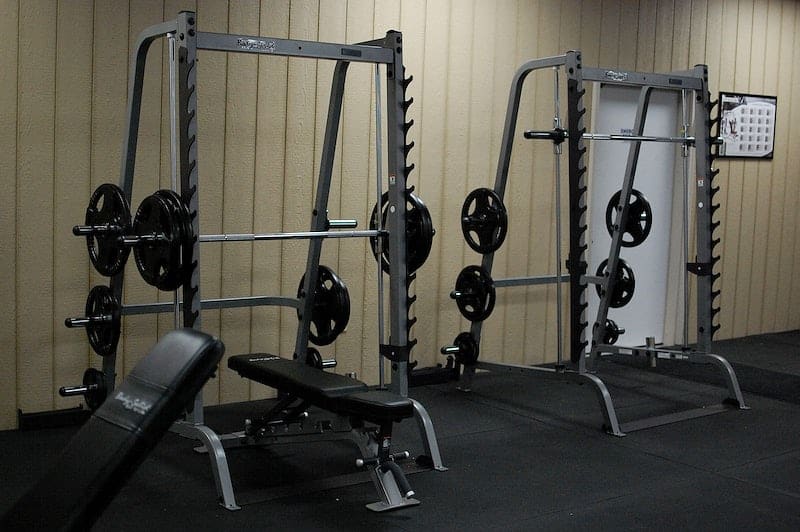Setting foot in a gym for the first time can be both exciting and overwhelming. But with the right guidance and a well-structured gym routine, you’re off to a good start.
In this guide, we’ll walk you through the essential steps to set up your first gym routine.
The Importance of Gym Routine
A well-structured gym routine is the foundation of a successful fitness journey. It provides a roadmap, guiding you through the maze of exercise options. Most importantly, it helps you stay focused and motivated along the way.
You can track your progress, make adjustments, and achieve the milestones you’ve set. By establishing a routine, you commit to a lifestyle prioritising your well-being. And to do so, there are important steps to follow.
1. Assess your fitness goals
Setting fitness goals is of paramount importance when establishing a gym routine. Without well-defined goals, it becomes challenging to stay focused and measure progress.
Start by identifying your specific goals. Do you want to lose weight, improve cardiovascular endurance, or enhance overall fitness? Setting clear and realistic goals will help you tailor your gym routine to meet your needs.
Top tip: Set SMART goals: Specific, Measurable, Attainable, Relevant, and Time-bound. Periodically reassess and refine your goals as you progress in your fitness journey.
2. Choosing the right gym and equipment
When starting, focus on the essential equipment that caters to your goals. Here are some tips:
- Cardio machines. Look for treadmills, stationary bikes, ellipticals, or rowing machines. Familiarise yourself with their settings, safety features, and proper posture. This will help you to maximise efficiency and minimise the risk of injury.
- Free weights. Start with a set of dumbbells of various weights. Learn basic exercises like bicep curls, squats, and lunges. Practise proper form and consider consulting a trainer for correct techniques.
- Weight machines. These provide stability and targeted muscle engagement. Learn how to adjust the seat and weight settings. Also, follow the instructions for each machine to ensure proper usage.
- Functional training equipment. Incorporate versatile tools like medicine balls, resistance bands, stability balls, and foam rollers. They can add variety to your routine and enhance strength, flexibility, and balance.
Remember to seek guidance from gym trainers to ensure proper usage and technique. Start with lighter weights and gradually increase as you gain confidence and strength. Safety and proper form should always be a priority to prevent injuries.
3. Understand gym etiquette
Gym etiquette plays a vital role in creating a positive environment for all gym-goers. Here’s why it’s important and some common rules to follow:
The importance
- Respect and consideration. Gym etiquette promotes respect and consideration for others sharing the gym space. It recognises that everyone has the right to a pleasant and safe workout environment.
- Efficient use of equipment. Following proper etiquette ensures that equipment is used efficiently. This reduces waiting times and allows for a smoother workout experience for everyone.
- Safety and hygiene. Etiquette practices help maintain a clean and hygienic gym environment. This reduces the risk of infections and ensures the well-being of all individuals.
Common gym etiquette rules
- Wipe down equipment. Do so every after use with a towel or disinfectant spray to remove sweat and bacteria. This helps maintain cleanliness and prevents the spread of germs.
- Share equipment. Allow others to “work in” by alternating sets when the gym is busy. Be mindful of the time you spend on a machine or bench. Offer to let others use the equipment during your rest periods.
- Respect personal space. Give fellow gym-goers ample space to exercise by avoiding unnecessary closeness. Don’t block pathways or stand too close to someone using the equipment.
- Practise good hygiene. Bring a towel to the gym to wipe your own sweat, use deodorant, and avoid wearing strong perfumes or colognes. Also, wear clean workout attire.
4. Design your gym routine
Here are the basic components that should be included in your routine:
- Warm-up. Begin your workout with a 5-10 minute warm-up session to prepare your body for the workout. This can involve light aerobic exercises like jogging, cycling, or jumping jacks.
- Cardio exercises. Incorporate 20-30 minutes of cardio activities into your routine, e.g. running, cycling. Adjust the intensity based on your fitness level and goals.
- Strength training. Focus on compound exercises that engage multiple muscle groups. Aim for 2-3 days of strength training per week. Allow 48 hours of rest between sessions for muscle recovery.
- Flexibility/stretching. Include 5-10 minutes of stretching exercises at the end of your workout. Or dedicate separate sessions for flexibility training. Focus on major muscle groups, such as the hamstrings, chest, back, and shoulders.
- Cool-down. After completing your workout, cool down with 5-10 minutes of light aerobic activity. This helps lower your heart rate gradually. Also, it allows your body to transition from exercise to rest, reducing muscle soreness.
Structuring your workout schedule:
- Frequency. Aim for a minimum of 3-4 days of exercise per week to achieve noticeable results. Listen to your body and gradually increase frequency as your fitness level improves. Allow at least one day of rest between intense workouts to give your body time to recover and rebuild.
- Duration. The duration of your workouts will depend on your goals and fitness level. Generally, aim for 45 minutes to an hour for each session, including warm-up and cool-down. Adjust the duration based on your time constraints and energy levels.
- Workout splits. This helps distribute exercises across different days to focus on specific muscle groups. Here are some common splits to consider:
- Full-body. Work all major muscle groups in each workout session, ideally 3 times a week. Suitable for beginners or those with limited time availability.
- Upper/lower body. Divide your workouts into upper-body and lower-body days. Train each area 2-3 times a week, alternating between the two.
- Push/pull. Separate pushing exercises (e.g. chest presses) from pulling exercises (e.g. rows, pull-ups). Perform each split 2-3 times a week.
- Other splits. Like body part splits (e.g. chest/triceps, back/biceps). Or specific training focus (e.g. strength, hypertrophy), can be considered as you advance.
Choose a workout split that aligns with your goals, preferences, and time availability. Consult a trainer or fitness professional to tailor a split that suits your needs.
Round-up
Setting up your first gym routine is an empowering step in achieving your fitness goals. Remember to:
- set clear and realistic goals
- choose a gym that suits your needs
- follow proper etiquette for a positive experience
Stay committed and motivated on your journey, listen to your body and value safety. Keep track of your progress using a workout journal, fitness apps, or guidance from your PT. You’ve got this!



 (
( (
( (
( (
(